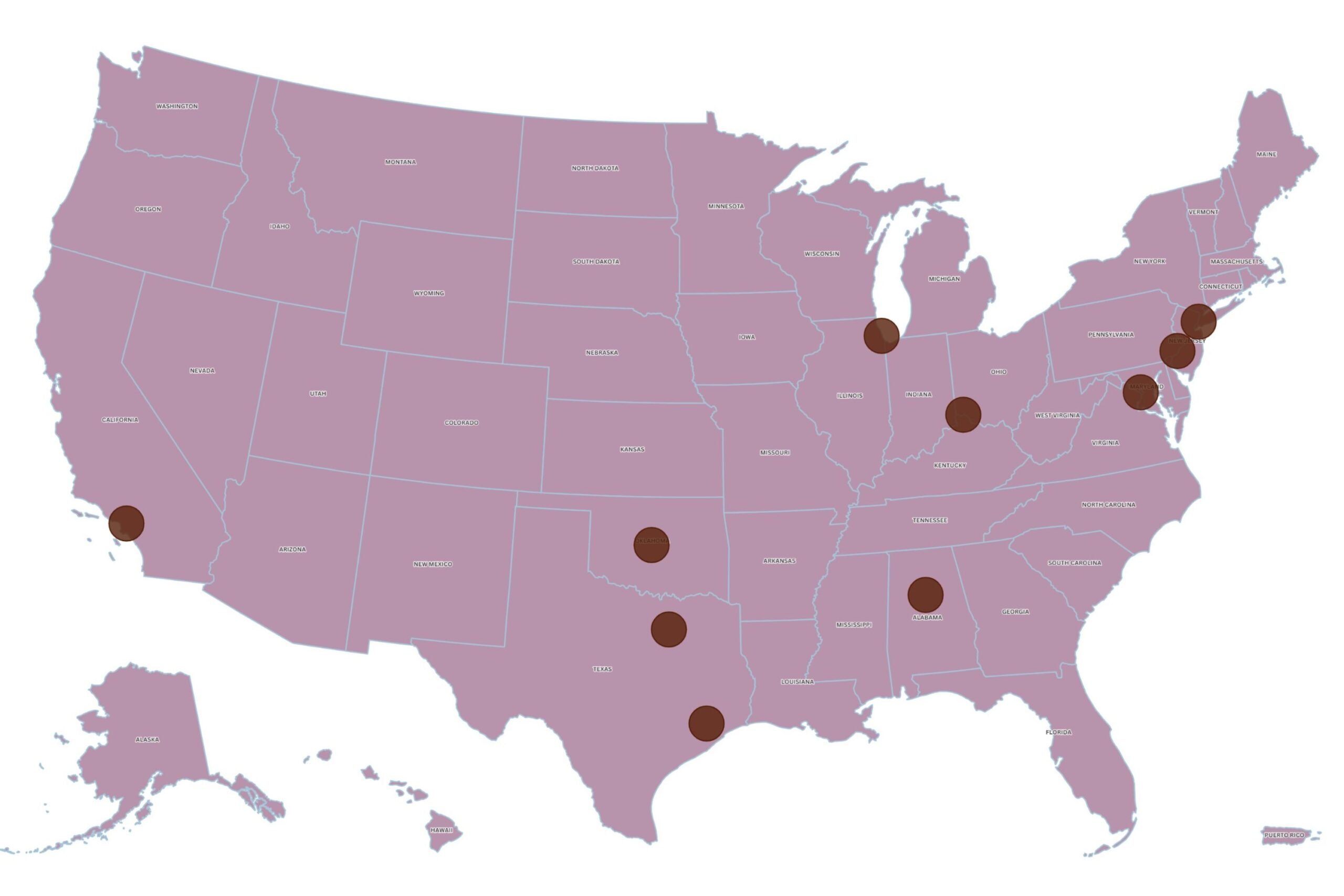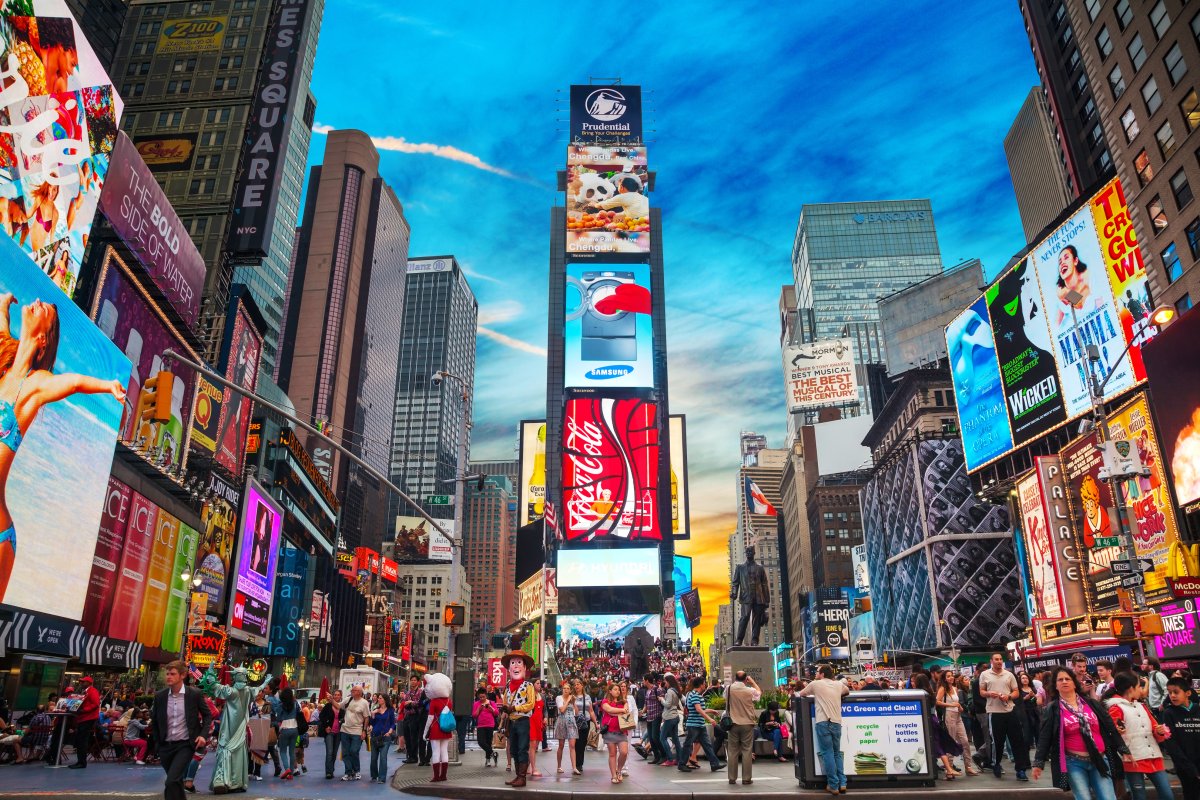
The New York-Newark-Jersey City region has topped a ranking of the dirtiest major metropolitan areas in the United States, according to a new study.
The study, conducted by Oxi Fresh, the carpet cleaning company, evaluated 35 major U.S. metro areas based on several key indicators of cleanliness, with each area given an overall grade from A+ to D.
Using data from the U.S. Census Bureau and other government sources, each metro area was graded on seven cleanliness factors. They include population density, rodent and cockroach prevalence, levels of vandalism and litter as well as air quality and tap water quality.
The metro areas each received a score across these seven criteria, which were then formed into a final grade reflecting its overall environmental cleanliness and public health standards to establish their rankings.
Eric Roy, lead scientist of the consumer product division at Culligan, a water systems treatment company, told Newsweek that “the lower-ranking cities may face challenges such as managing waste from higher industrial activity, dated infrastructure, dense populations, and elevated contaminant levels—even though they may be compliant with federal standards.”

iStock / Getty Images Plus
The Dirtiest Major Metro Areas in the U.S.
New York City and its surrounding metro area received the lowest overall cleanliness grade in the study—a “D”—due in part to its longstanding issues with waste disposal and pest control.
“New York City has struggled with waste removal for centuries, due largely to a lack of back alleys for trash bins,” the study explained. “As a result, it’s now notorious for its rampant rat infestations, though many efforts have been made in recent years to combat the problem.”
The new study emphasized that urban cleanliness is often a result of strong civic infrastructure and intentional policy, rather than chance.
“Sadly, garbage is a part of life, but a city’s ability to manage its waste efficiently is a major factor in maintaining cleanliness,” the study noted. “Places with strong waste disposal systems tend to have less litter and fewer pest problems. Regular trash collection, recycling programs, and composting initiatives make a noticeable difference.”
The report underscored the connection between city planning and public cleanliness. “Local government policies and urban planning play a major part in a city’s cleanliness,” the study said.
“Cities with strict environmental regulations and innovative urban design often exhibit better waste management and lower pollution levels. Public policies on air quality, waste disposal, and green space maintenance all contribute to a city’s overall health.”
Industrial cities with fewer environmental protections often faced challenges, such as Houston in Texas, which the study said continues to grapple with air pollution tied to factory emissions.
Top 10 Dirtiest Major Metro Areas
- New York-Newark-Jersey City, NY-NJ
- Los Angeles-Long Beach-Anaheim, CA
- Philadelphia-Camden-Wilmington, PA-NJ-DE-MD
- Houston-Pasadena-The Woodlands, TX
- Washington-Arlington-Alexandria, DC-VA-MD-WV
- Chicago-Naperville-Elgin, IL-IN
- Dallas-Fort Worth-Arlington, TX
- Birmingham, AL
- Cincinnati, OH-KY-IN
- Oklahoma City, OK
Source: A study by Oxi Fresh, which ranked 35 major metro areas in the U.S. based on population density, rodent and cockroach prevalence, vandalism, litter, air quality, and tap water quality, assigning each area a cleanliness grade level ranging from A+ to D.
Do you have a travel-related story to share? Let us know via life@newsweek.com and your story could be featured on Newsweek.




